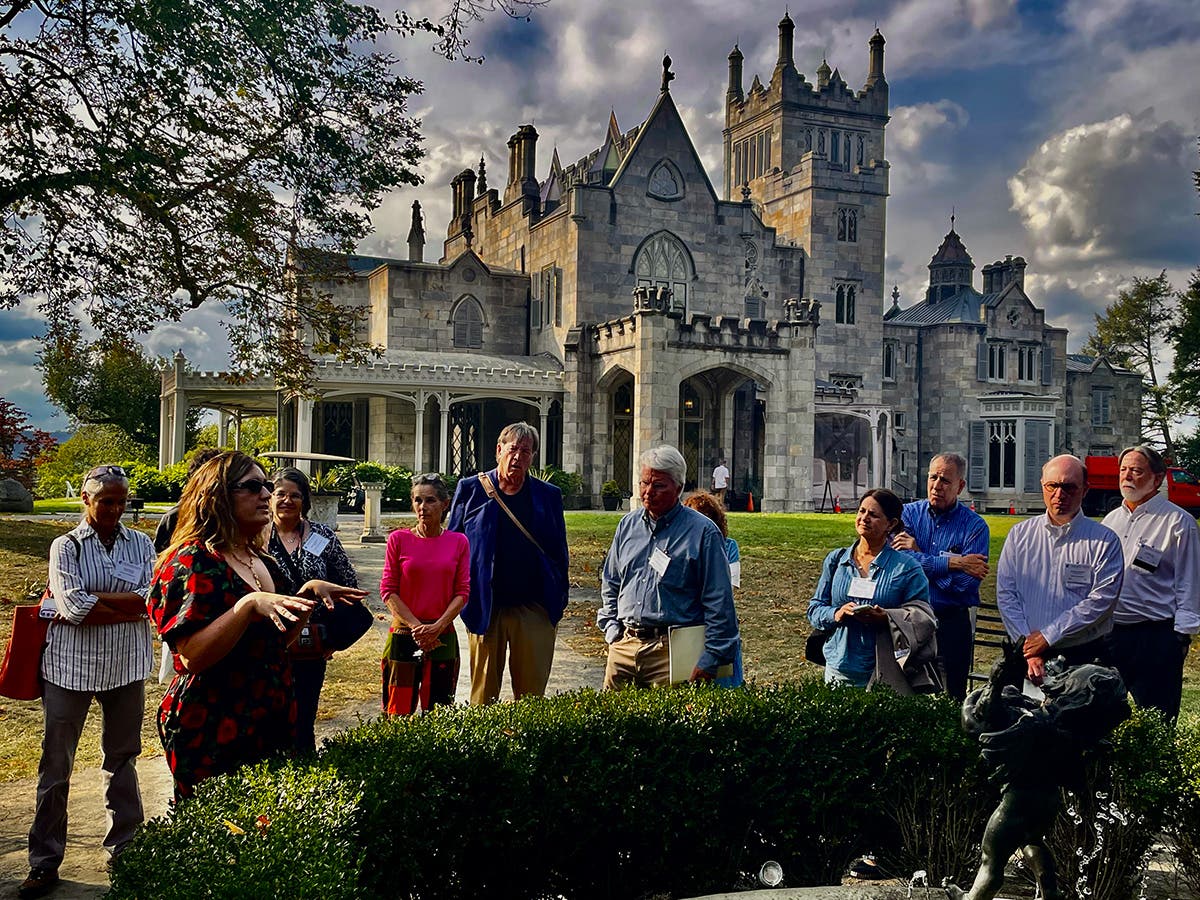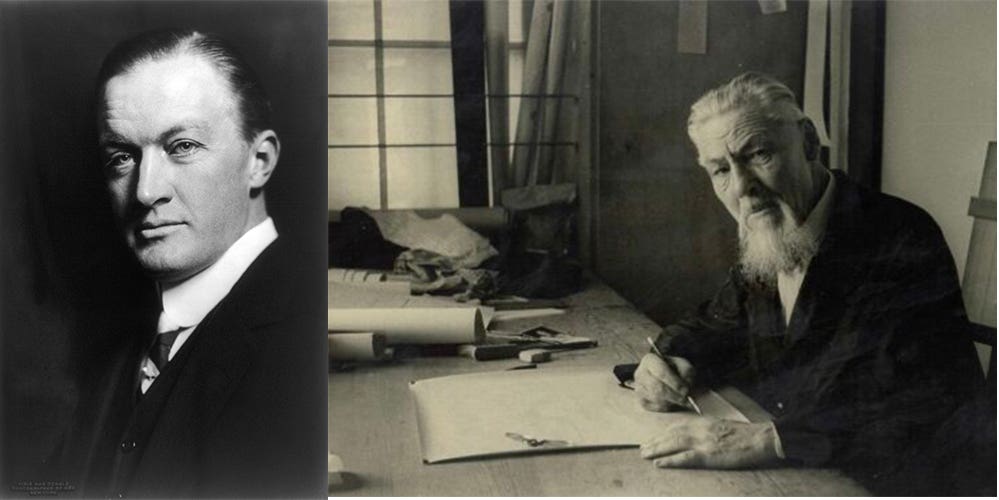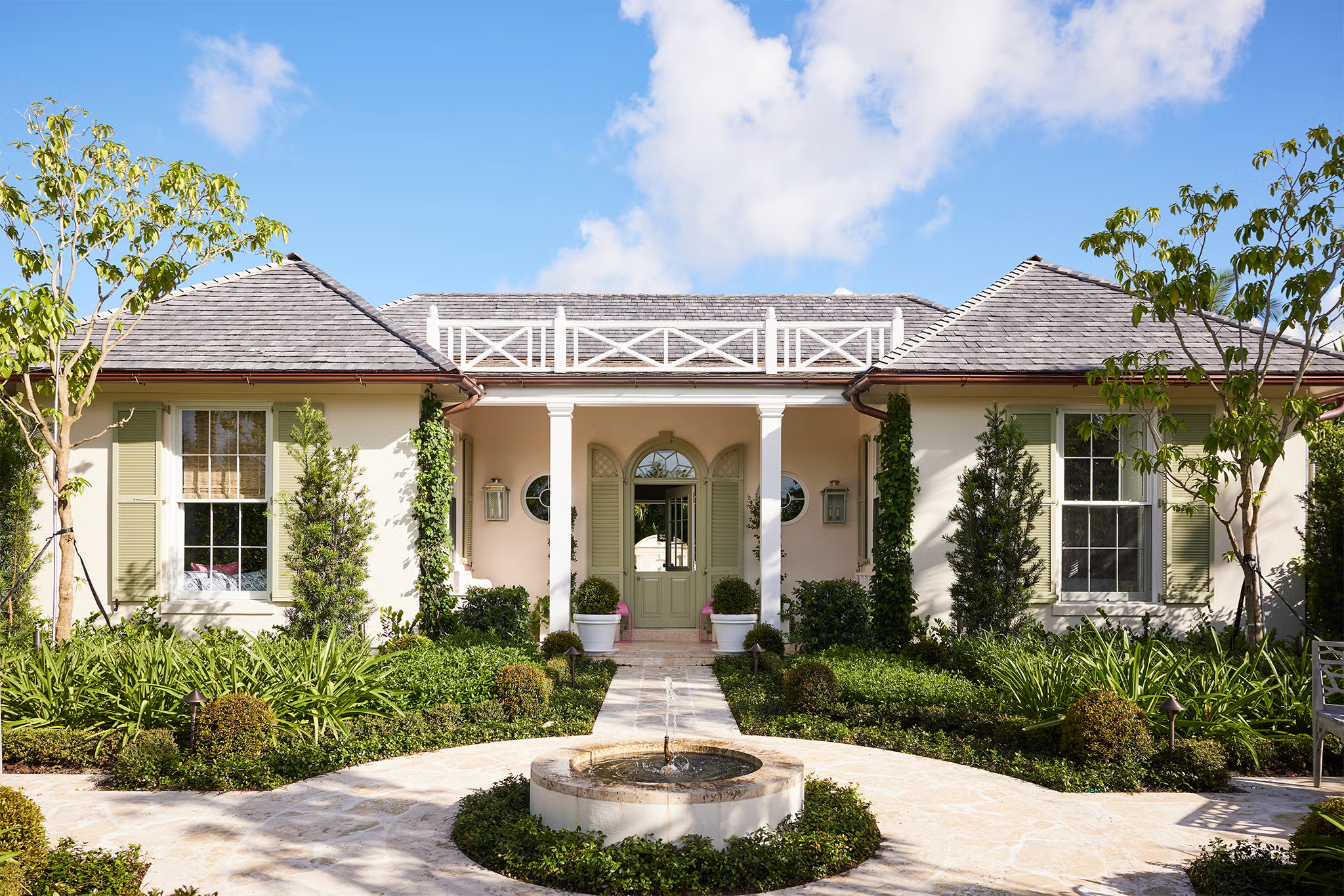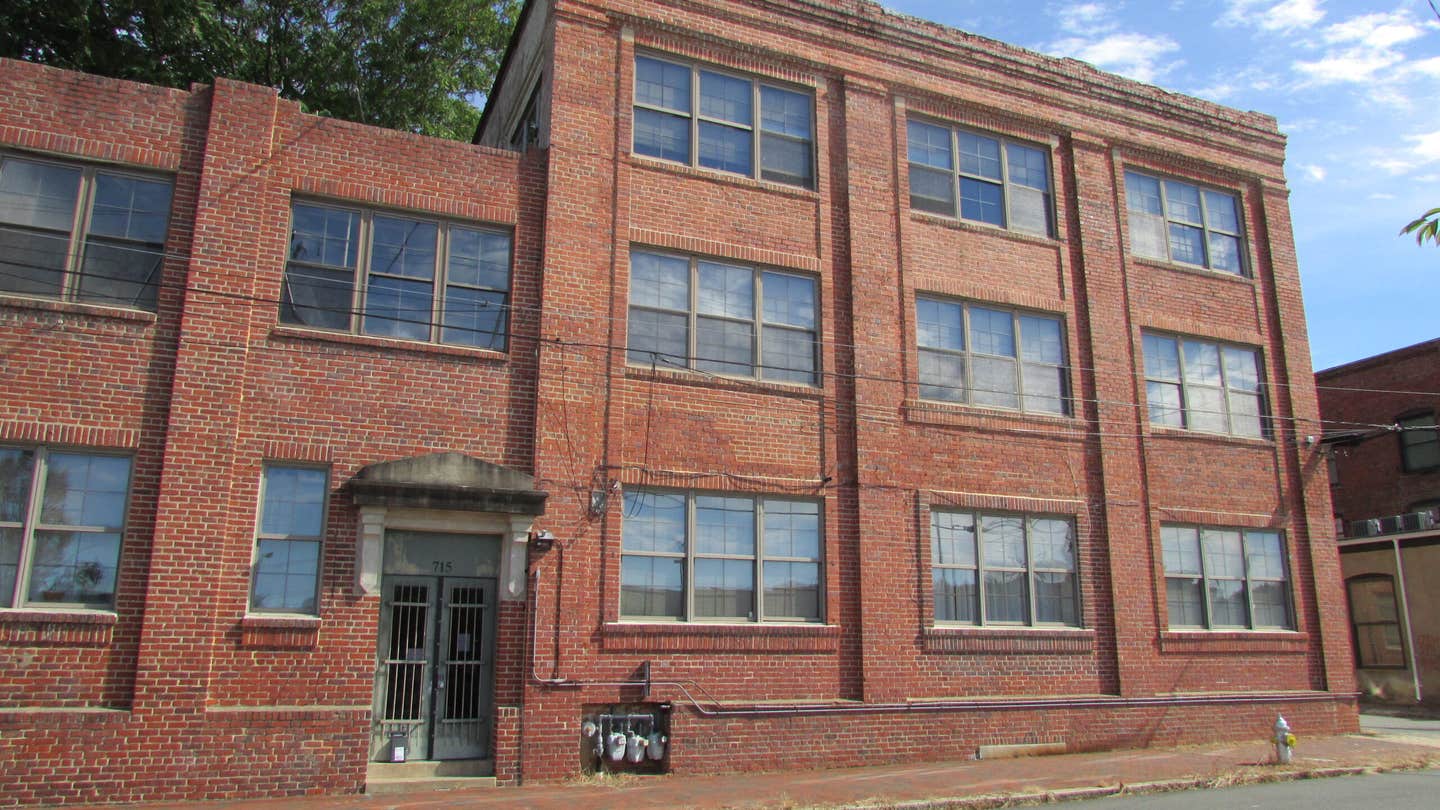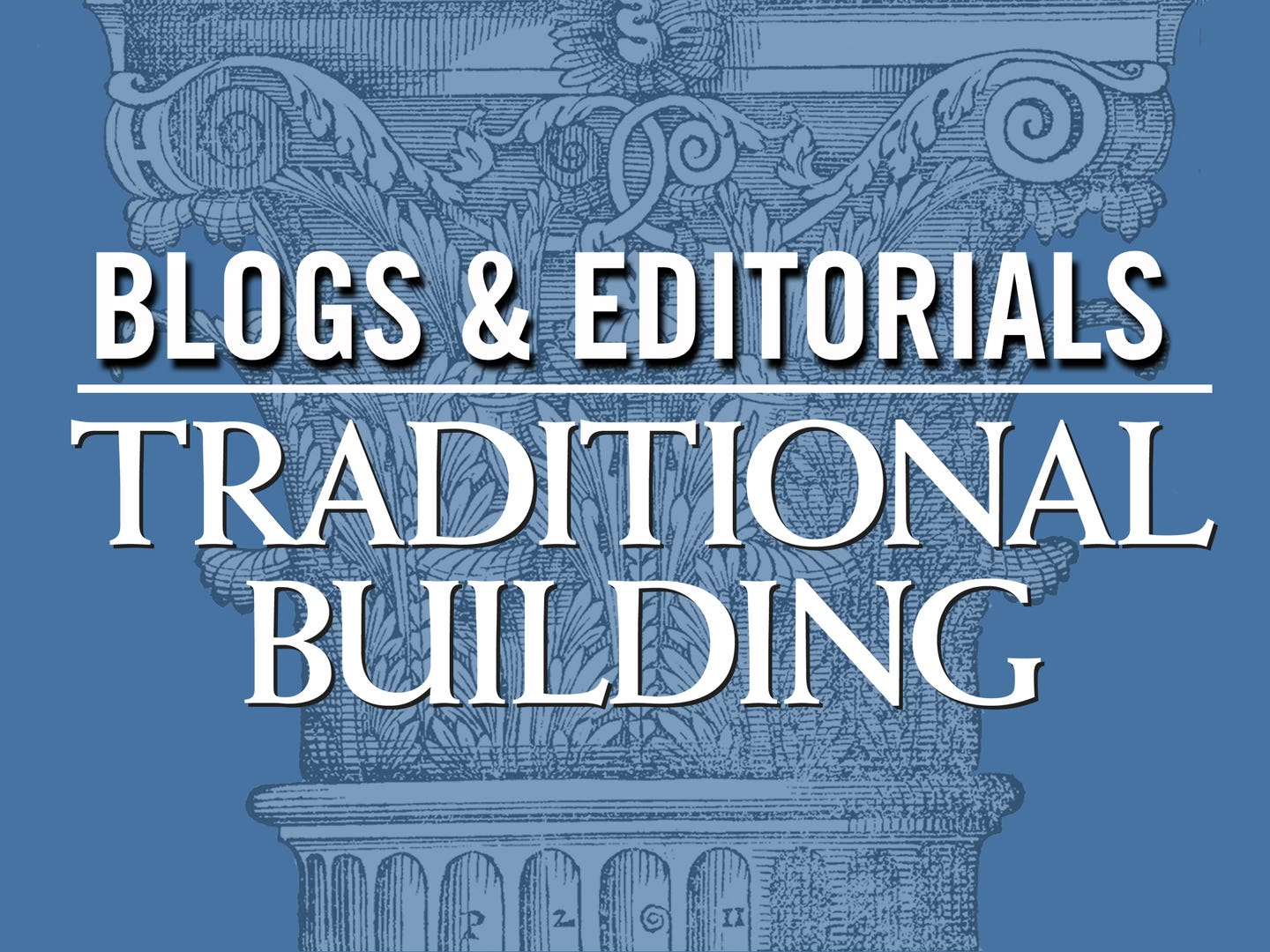
Peter Miller
Federal Historic Tax Credit Rehabilitation Expenditures Exceed $6 Billion in 2022
According to the National Park Service’s recently released annual report for their fiscal year last year, this $6.56 billion was comprised of 858 completed historic building rehabilitation projects. Included in this were 5,533 rehabilitated housing units and 9,036 new housing units.
New York tops the list of states who rehabbed the most with “Qualified Rehabilitation Expenditures” of $3,966,900,370 over a five-year period 2018-2022. Ohio and Pennsylvania rank second and third on the list of states with the most federal historic tax credit work. Five years ago, in the NPS report for “estimated QRE” from 2013-2017 New York accounted for $2,936,551,317 in QRE. Back then, Illinois and Missouri ranked second and third on the list.
Technical Preservation Services reside within the National Park Service who administer the Federal Historic Tax Credit program in partnership with State Historic Preservation Offices. The federal program provides a 20% tax credit to building owners who rehabilitate income-producing traditional buildings while maintaining their historic character. When coupled with state historic tax credits, this program can make the numbers work for historic building owners and developers.
The application for these tax credits is a three-part process where the NPS certifies a building as “historic” making it eligible, if the rehabilitation meets preservation standards. The defining historic features of the building must be respected, in many cases restored, when feasible. This requires an understanding of the traditional building’s history and architecture as well as knowledge of the materials the building is made with. It also helps to have a good account who understand this tax code.
According to the National Park Service, “the Historic Tax Credit program is the largest federal program supporting historic preservation. It generates jobs and economic activity, enhances property values in older communities, creates affordable housing and augments revenue for Federal, state and local governments, leveraging many times its cost in private expenditures on historic preservation.”
Examples of Federal Historic Tax Credit projects completed in 2022, all cited in the NPS annual report, are the Worcester, MA County Courthouse; PIER 57 in New York City; the Texas Theater in Dallas; and the Smith Memorial Playground in Philadelphia. Additional projects from Kansas, Wisconsin and Vermont are illustrated.
Since 1977 this tax program has stimulated an estimated $122.90 billion in rehabilitation investment with over 650,000 housing units built or renovated. Most projects are under $1 million and 17% were under $250,000 QRE. “Thirty-seven states have state historic tax credits that can be used in tandem with Federal historic tax credits,” according to the 2022 NPS annual report. About 15% of projects involved properties not yet listed in the National Register of Historic Places, 48,293 total, since 1977.”
With a shortage of affordable housing in the U.S. this number stands out in the NPS annual report: 192,314 low- and moderate-income housing units built or renovated during the life of the Federal Historic Tax credit program.
Many but not all these projects are adaptive use, turning industrial or institutional buildings into residential housing. The new uses must be income-producing to qualify for the credit, like the William Henry Brisbane House (1868) now an Airbnb in Arena Wisconsin. The Worcester County courthouse, a regional landmark which opened its doors in 1845, has been converted into 118 rental apartments including lofts and townhouses, a fitness center, game room, maker space and pet spa, all whist preserving the historic character of this Greek Revival granite building.
The Federal Historic Tax Credits the, NPS report concludes, “has been instrumental in preserving the historic buildings and places that give our cities, towns, Main Streets and rural areas their special character and has attracted new private investment to communities small and large throughout the nation.”
Next month, my interview with John Sandor of the National Park Service will be on our new podcast “Building Tradition.” John and I discuss the appropriate treatment of existing windows, a defining feature of the projects which apply for Federal Historic Tax Credits.
Peter H. Miller, Hon. AIA, is the publisher and President of TRADITIONAL BUILDING, PERIOD HOMES and the Traditional Building Conference Series, and podcast host for Building Tradition, Active Interest Media's business to business media platform. AIM also publishes OLD HOUSE JOURNAL; NEW OLD HOUSE; FINE HOMEBUILDING; ARTS and CRAFTS HOMES; TIMBER HOME LIVING; ARTISAN HOMES; FINE GARDENING and HORTICULTURE. The Home Group integrated media portfolio serves over 50 million architects, builders, craftspeople, interior designers, building owners, homeowners and home buyers.
Pete lives in a classic Sears house, a Craftsman-style Four Square built in 1924, which he has lovingly restored over a period of 30 years. Resting on a bluff near the Potomac River in Washington, D.C., just four miles from the White House, Pete’s home is part of the Palisades neighborhood, which used to be a summer retreat for the District’s over-heated denizens.
Before joining Active Interest Media (AIM), Pete co-founded Restore Media in 2000 which was sold to AIM in 2012. Before this, Pete spent 17 years at trade publishing giant Hanley Wood, where he helped launch the Remodeling Show, the first trade conference and exhibition aimed at the business needs and interests of professional remodeling contractors. He was also publisher of Hanley Wood’s Remodeling, Custom Home, and Kitchen and Bath Showroom magazines and was the creator of Remodeling’s Big 50 Conference (now called the Leadership Conference).
Pete participates actively with the American Institute of Architects’ Historic Resources Committee and also serves as President of the Washington Mid Atlantic Chapter of the Institute of Classical Architecture & Art. He is a long-time member of the National Trust for Historic Preservation and an enthusiastic advocate for urbanism, the revitalization of historic neighborhoods and the benefits of sustainability, including the adaptive reuse of historic buildings.




